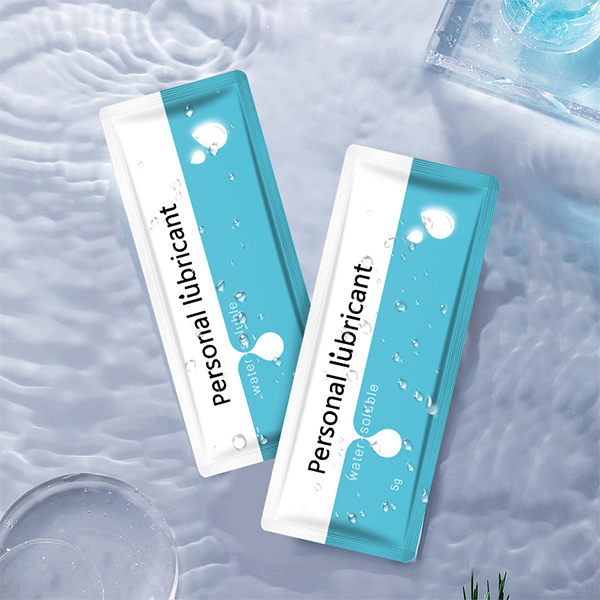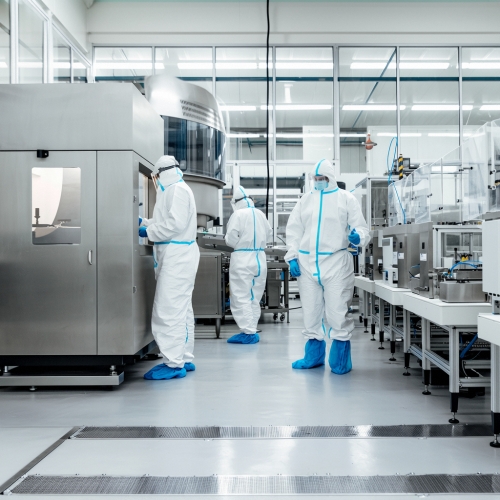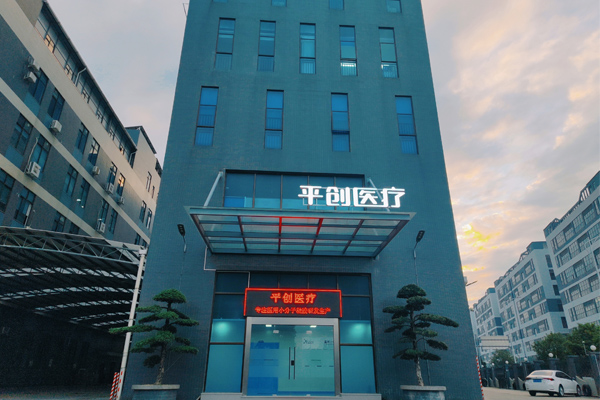In medical practice, Personal Lubricant have a wide range of applications, such as gynecological examinations, endoscopic operations, and catheter insertions. These scenarios place far higher demands on the lubricant's safety, sterility, biocompatibility, and specific functions (such as conductivity) than ordinary consumer products.

Developing and customizing lubricants that meet Class II medical device (or higher grade) standards has become an inevitable choice to satisfy professional medical needs. The core of such customization solutions lies in a profound understanding and strict execution of "medical-grade" standards.
Formula selection and raw material control are fundamental. Lubricants for medical scenarios must have their formulas undergo rigorous toxicological assessments and biocompatibility tests to ensure they are non-irritating, non-sensitizing, and non-cytotoxic to human tissues. The raw materials used must be high-purity, medical-grade, with strict control over impurities and potentially harmful substances. For example, some medical lubricants may need to possess conductivity to work with specific medical equipment or need to achieve a certain level of sterility assurance.
The production environment and process management are key. The production of lubricants complying with Class II medical device standards must be carried out in a certified clean environment, typically requiring at least a 100,000-class dust-free cleanroom, and strictly adhering to standards like GMP (Good Manufacturing Practice) or ISO 13485 (Medical Device Quality Management System). From raw and auxiliary material warehousing, weighing and preparation, filling and sealing, to sterilization (if applicable) and inspection release, every step must have detailed Standard Operating Procedures (SOPs) and strict quality control points to ensure the product is not contaminated during production and all indicators meet regulations.

The choice of packaging and sterilization process (if needed) is crucial. The packaging of medical lubricants must not only ensure product seal and stability but also consider ease of use and single-use hygiene requirements. For lubricants requiring sterile supply, their packaging materials must withstand the chosen sterilization method (such as irradiation sterilization, ethylene oxide sterilization, etc.), and the sterilization process must be fully validated to ensure the specified Sterility Assurance Level (SAL) is achieved.
PINGCHUANG MEDICAL holds China's Class II Medical Device Registration Certificate for medical lubricants and ISO 13485 Medical Device Quality Management System certification. We strictly conduct custom production according to medical device standards, from medical-grade raw materials and a 100,000-class cleanroom to 21 quality inspection steps, ensuring products perfectly adapt to various medical scenarios and providing your brand with professional, compliant customization solutions.
